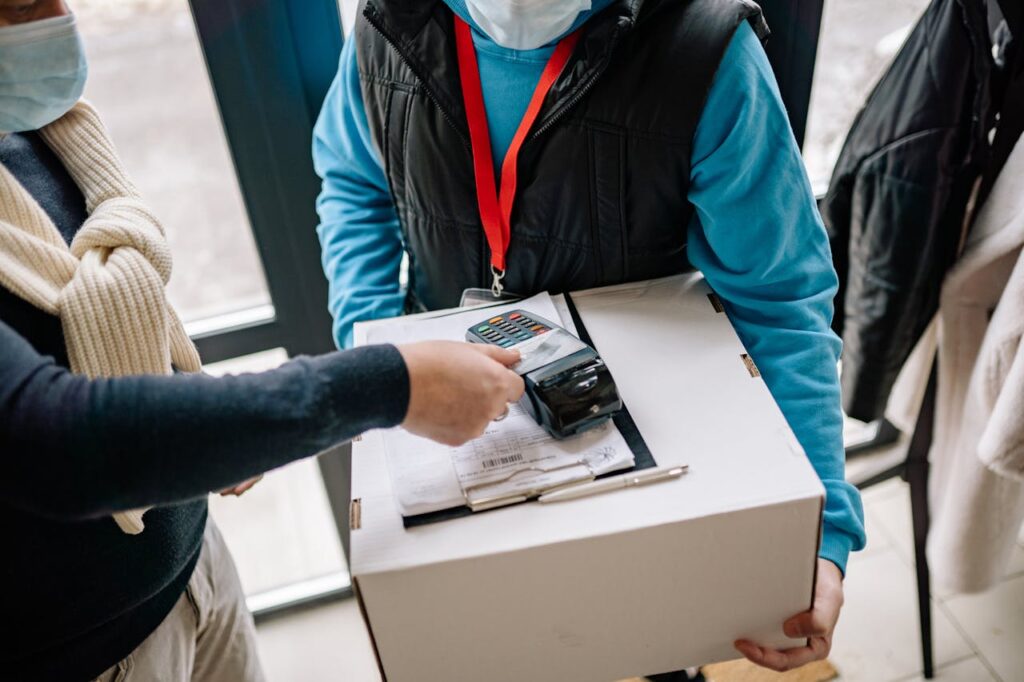How to Use Credit Cards Responsibly
How to Use Credit Cards Responsibly In today’s financial landscape, understanding how to use credit cards responsibly from a young age is crucial. Credit cards can be powerful tools for building a robust credit history and managing personal finances when used correctly. This guide offers a detailed and authoritative approach to navigating the complexities of credit card usage, providing essential knowledge to help young adults and financial beginners make informed decisions. The Basics of Credit Cards What Are Credit Cards and How Do They Work? Credit cards are financial instruments issued by banks or credit unions that allow users to borrow funds for purchases, with the agreement to repay the amount borrowed, plus any applicable interest, at a later date. Each credit card comes with a credit limit, which is the maximum amount the issuer allows the cardholder to borrow. Types of Credit Cards Available for Different Needs Standard Credit Cards: Ideal for everyday purchases, these cards often come with basic features and benefits. Rewards Credit Cards: These offer points, cashback, or travel rewards based on spending. Secured Credit Cards: Designed for individuals with limited or poor credit history, these require a security deposit which acts as the credit limit. Student Credit Cards: Tailored for students, these cards often have lower credit limits and may offer rewards for good grades or responsible use. Building a Healthy Credit History Understanding Credit Scores and How They Are Calculated A credit score is a numerical representation of an individual’s creditworthiness, ranging typically from 300 to 850. It is calculated based on factors such as: Payment History: Timely payments positively affect the score. Credit Utilization: The ratio of current credit debt to available credit limits. Length of Credit History: Longer credit histories can improve scores. Types of Credit Accounts: A mix of credit types (e.g., credit cards, loans) is beneficial. New Credit Inquiries: Frequent inquiries can negatively impact the score. Tips for Improving and Maintaining a Good Credit Score Pay Bills on Time: Punctual payments are crucial. Keep Balances Low: Aim to use less than 30% of your credit limit. Regularly Monitor Your Credit Report: Check for errors and address discrepancies promptly. Limit New Credit Applications: Apply for new credit only when necessary. The Dangers of Misusing Credit Cards Common Mistakes to Avoid for Responsible Card Use Overspending: Exceeding your budget can lead to unmanageable debt. Ignoring Statements: Overlooked statements can result in missed payments and fees. Only Paying the Minimum: This can extend debt repayment and increase interest costs. Maxing Out Cards: High utilization ratios can significantly lower credit scores. Real-Life Examples of Credit Card Misuse and Its Consequences Consider the case of an individual who consistently spends beyond their means and only pays the minimum balance each month. Over time, interest accumulates, leading to a debt spiral that’s difficult to escape. This scenario highlights the importance of disciplined spending and timely payments. How to Use Credit Cards Responsibly Setting a Budget and Sticking to It Establish a realistic budget that aligns with your income and expenses. Track your spending to ensure you stay within this budget and avoid impulse purchases. Strategies for Paying Off Credit Card Debt Debt Avalanche Method: Focus on paying off cards with the highest interest rates first. Debt Snowball Method: Start by paying off the smallest balances to gain momentum. Balance Transfers: Consider transferring high-interest debt to a card with a lower interest rate. Choosing the Right Credit Card Factors to Consider When Selecting a Credit Card Interest Rates: Look for cards with low annual percentage rates (APRs). Fees: Be aware of annual fees, late payment fees, and foreign transaction fees. Rewards and Benefits: Evaluate the rewards programs and additional perks such as travel insurance or purchase protection. Overview of the Best Credit Cards for First-Time Users Discover it® Student Cash Back: Offers cashback rewards and a welcome bonus for good grades. Capital One Platinum Credit Card: No annual fee and a higher approval rate for those with limited credit history. Chase Freedom Unlimited®: Features a variety of rewards and flexible redemption options. Conclusion Responsible credit card use is a key component of building a solid financial foundation. By understanding how credit cards work, maintaining a healthy credit history, and avoiding common pitfalls, young adults and financial beginners can make informed decisions that promote long-term financial health. Start building good money habits today, and explore further resources to continue your financial education.



